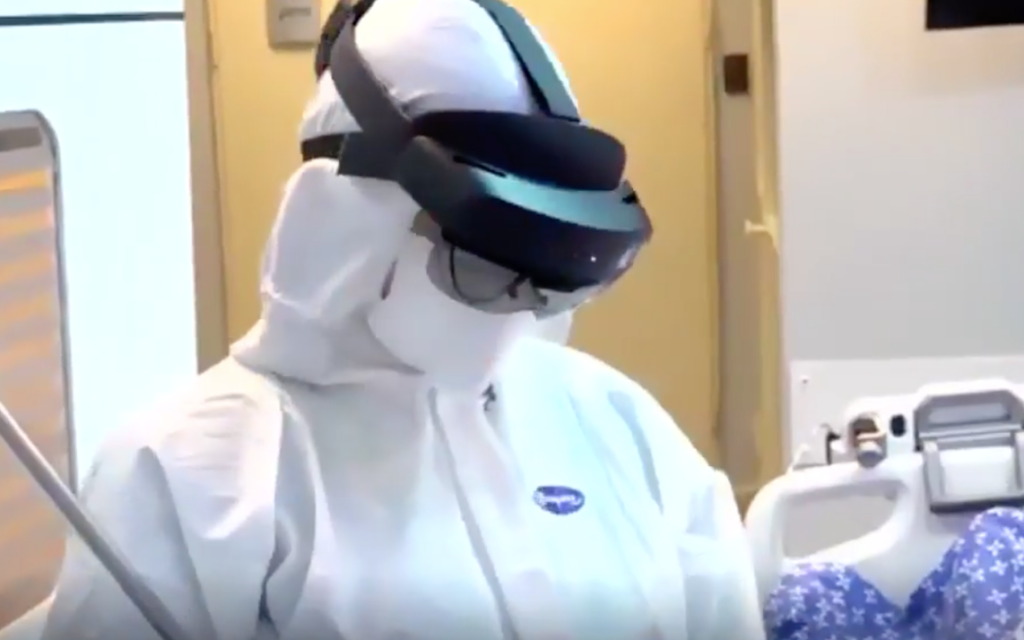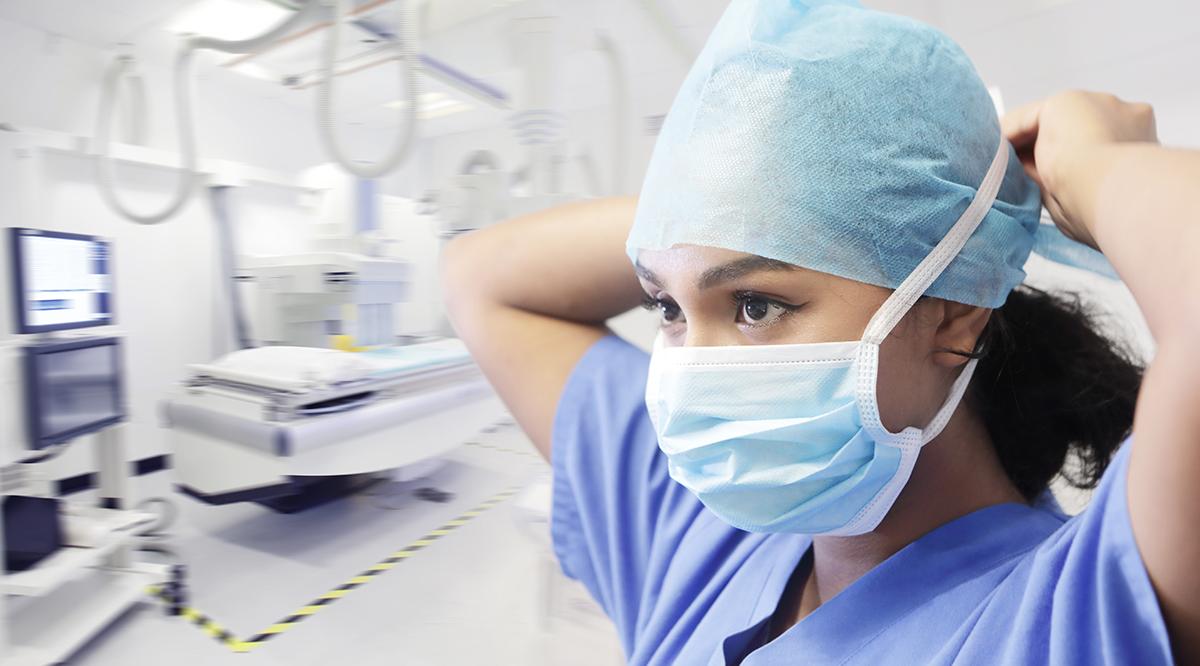Even as public health authorities work with physicians and other health professionals to treat patients with the coronavirus disease that the World Health Organization this week officially dubbed COVID-19, a key part of preventing more infections is to give physicians, other health professionals, and the hospitals and health systems they work in the right information to protect themselves and others.
The Centers for Disease Control and Prevention (CDC) has updated their infection prevention and control guidance specific to COVID-19 to do just that, detailing eight key tips that should be followed.
While COVID-19 hasn’t spread widely in the U.S., among the first cases identified here were at Amita Health St. Alexius Medical Center in Hoffman Estates, Illinois. Lynwood Jones, MD, chairs the infectious diseases division there and recently spoke with the AMA to offer a firsthand account of how his organization cared for two patients with COVID-19 and protected their physicians and health professionals.
The AMA encourages physicians to stay up to date on this evolving situation and has provided COVID-19 resources for doctors, other health professionals and the public. As more information is made available about COVID-19, the AMA will update the public, physicians and other health professionals.https://www.youtube.com/embed/wg5PjvbVioA?autoplay=0&start=0&rel=0&enablejsapi=1
Here are the CDC’s recommendations for physicians and other health professionals to protect themselves when caring for COVID-19 patients
Minimize chance for exposure
It is important to ensure facility policies and practices are in place to minimize exposure to respiratory pathogens including 2019-nCoV. These measures should be implemented before patient arrival, upon arrival and throughout the duration of the affected patient’s time in the health care setting.
Adhere to precautions

Follow standard precautions, the CDC says, to assume “every person is potentially infected or colonized with a pathogen that could be transmitted in the health care setting.”
It is important to pay attention to training on correct use, proper “donning and doffing,” and disposal of personal protection equipment. All health professionals who enter the room of a patient with known or suspected COVID-19 should adhere to standard, contact, and airborne precautions, including the use of eye protection.
Manage visitor access and movement
Create procedures for monitoring, managing and training visitors. For known or suspected patients with COVID-19, physicians and other health professionals should restrict visitors from entering the room. Alternative options for interactions between patient and visitor include video-call applications on mobile devices or tablet computers.
Implement engineering controls
Health care organizations should also consider designing and installing engineering controls to reduce or eliminate exposures by shielding physicians, other health professionals and patients from infected individuals. For example, physical barriers or partitions can help guide patients through triage areas.
Monitor and manage health personnel
For physicians and other health professionals who are ill or exposed to 2019-nCoV, movement and monitoring decisions should be made with guidance from public health authorities. When providing care to patients with COVID-19, health care organizations and facilities should implement sick leave policies that are nonpunitive, flexible and consistent with public health guidance.
Train and educate health professionals
Everyone should be provided with job- or task-specific education and training on preventing transmission of infectious agents prior to caring for a patient. Whenever respirators are required, all health professionals must be medically cleared, trained and fit-tested for respiratory protection device use.
Implement environmental infection control
Use dedicated medical equipment for patient care. Clean and disinfect all nondedicated, nondisposable medical equipment according to the manufacturer’s instructions and facility policies. Detailed information can be found in CDC’s guidelines for environmental infection control.
Establish reporting to public health authorities

Implement mechanisms and policies that will help to promptly alert all appropriate members of the team, such as infection control or facility leadership, about a known or suspected COVID-19 patient.
You should also continue to communicate and collaborate with public health authorities. Specific persons within the health care organization should be designated for communication with public health officials and dissemination of information to health professionals.
The CDC’s guidance will be updated as more information becomes available and as the response to needs changes in the U.S.
Contact us for more information.
